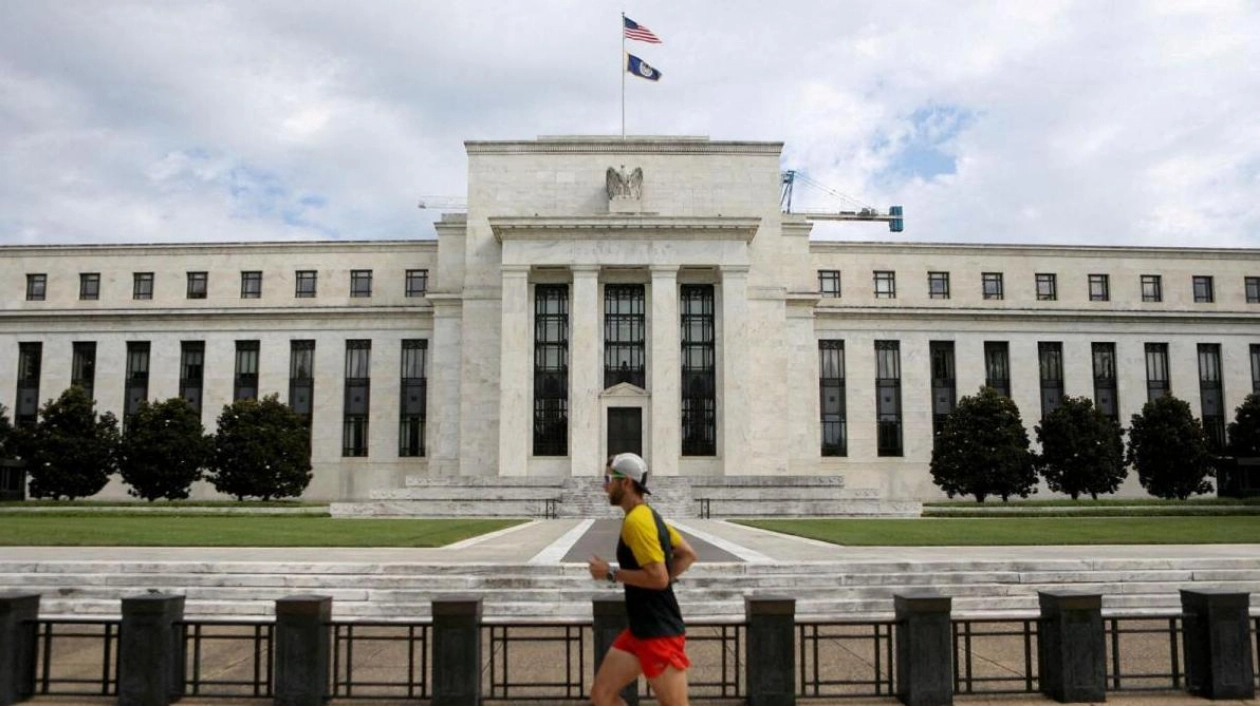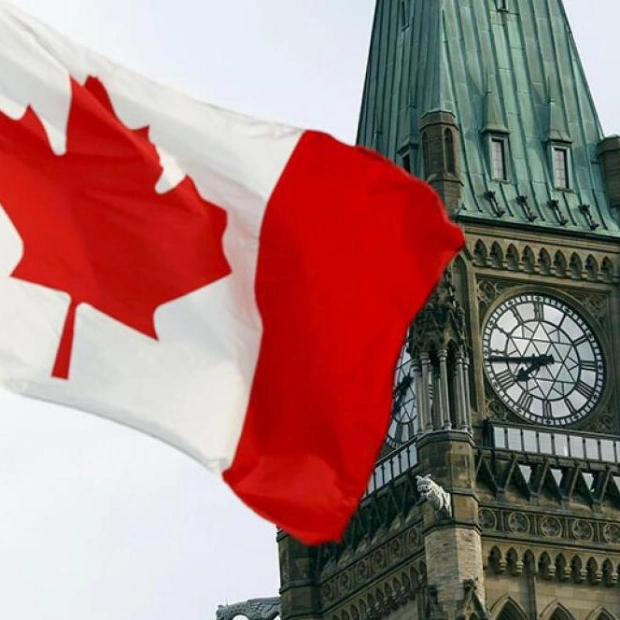On Monday, US Treasury yields fell to their lowest levels in over a year, and a key segment of the Treasury yield curve turned positive for the first time in two years, amid growing worries about a potential US recession. However, yields rebounded slightly after data indicated that US services sector activity had recovered from a four-year low in July due to increased orders and employment. An unexpected rise in the employment rate and fewer job gains than anticipated in July's employment report led to a rapid reassessment of expectations regarding the timing and extent of Federal Reserve interest rate cuts.
The Fed is now expected to possibly cut rates before its next scheduled meeting in September, or to make a larger cut at that time to prevent a severe economic downturn. "There is more convincing evidence that there could be more potentially negative ramifications from the Fed being as restrictive as it was for as long as it has been," noted Ian Lyngen, head of US rates strategy at BMO Capital Markets in New York. Despite steady easing of inflation, which still remains above the Fed's 2% annual target, the central bank has been reluctant to cut rates. Fed Chair Jerome Powell suggested on Wednesday that rates could be cut as early as September if the US economy follows its expected trajectory. However, "conversations about an inter-meeting rate cut have picked up," according to Lyngen, who added, "The biggest debate is whether they go 25 or 50 (basis points) in September."
Traders now view a 50 basis point cut in September as nearly certain, according to the CME Group's FedWatch Tool, which showed only an 11% chance a week ago. By year-end, a total of 121 basis points of easing is anticipated. Chicago Federal Reserve Bank President Austan Goolsbee stated on Monday that although the US employment data was weaker than expected, it does not indicate a recession, but Fed officials must be aware of environmental changes to avoid being overly restrictive with interest rates. Yields on two-year notes, sensitive to interest rate changes, fell to 3.8626%, reaching as low as 3.654%, the lowest since April 2023. Benchmark 10-year note yields dropped to 3.773%, hitting 3.667%, the lowest since June 2023. The gap between two- and 10-year Treasury notes was last at minus 9 basis points, after briefly reaching 1.50 basis points, marking the first positive turn since July 2022.
An inversion in this part of the yield curve typically signals a recession within the next one to two years, although this inversion has persisted longer than in previous instances. The curve usually reverses before a downturn. Global stock market declines and heightened geopolitical tensions in the Middle East have increased demand for safe-haven US government debt. US stocks have also suffered from recent weak earnings outlooks and overstretched valuations. "The move over the last two days, in particular, is not as much driven by fundamentals as it is by the correction in US equity markets," explained Michael Weidner, co-head of global fixed income at Lazard Asset Management. Traders unwinding popular trades involving selling the Japanese yen and buying US assets have also heightened fears of large-scale portfolio liquidations across asset classes. Upcoming inflation data and the August jobs report will be crucial in determining whether the Fed opts for a larger cut in September, assuming no action before then.






